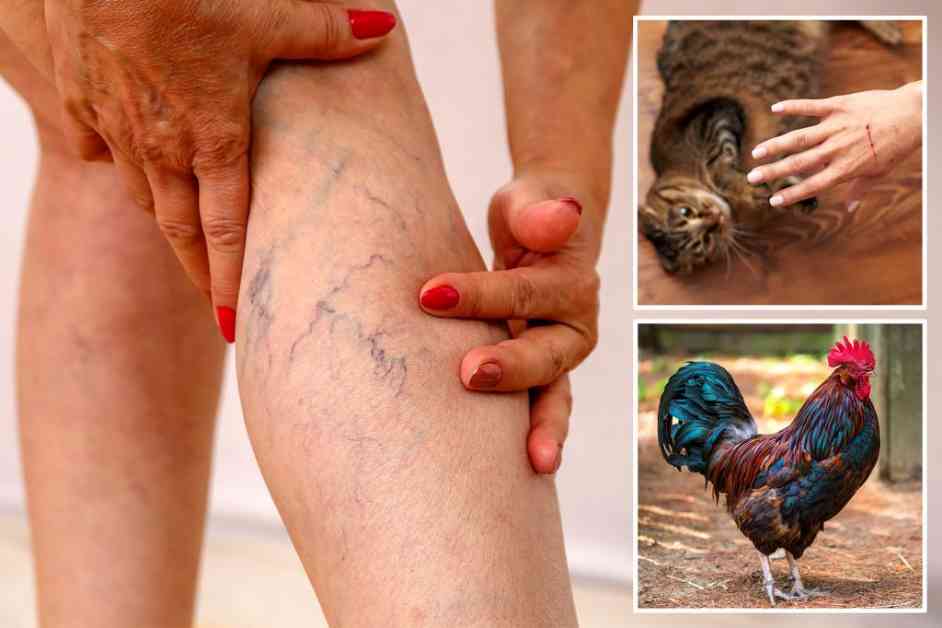Roger Byard – also known as ‘Doctor Death’ by his peers – has delved into some of the most gut-wrenching deaths in Australia. Not only has he tackled the gruesome, but he’s also faced the downright bizarre. In a recent chat on Gary Jubelin’s I Catch Killers podcast, the forensic pathologist recounted his initiation into the field, which involved being thrust into the infamous ‘bodies in barrels’ case, known as the Snowtown murders, during his first week on call.
“Major Crime gave me a ring one night, and let me tell ya, I was a total rookie,” he spilled. “I had no clue that when Major Crime calls, it’s serious business.” The Snowtown murders, carried out by John Justin Bunting, Robert Joe Wagner, and James Spyridon Vlassakis from 1992 to 1999 near Adelaide, rocked the nation. A fourth accomplice, Mark Haydon, was also implicated. Byard’s forensic findings played a pivotal role in securing convictions, making the trial one of the lengthiest and most high-profile in Australia’s legal annals.
While Snowtown was a headline-grabber, Byard’s work doesn’t stop at the macabre. “I’ve got a collection of animal fatalities,” he casually dropped. “Deaths from dogs, snakes, sharks, roosters, mackerel.” Yes, you read that right – mackerel. “Picture this: a bloke’s fishing in Darwin Harbour, minding his own business, when out of the blue, a 25-kilo mackerel leaps out of the water and smacks him,” he narrated. “Talk about being in the wrong place at the wrong time.” And then there was the rooster incident. “There was this sweet old lady gathering eggs, when suddenly, this rooster – apparently not the friendliest creature – goes for her, pecking her leg,” Byard described. “She had varicose veins, and that was it for her.” Byard shared that several cases have crossed his desk where individuals with varicose veins met their demise due to minor injuries. “One time, it was just a cat scratch,” he added. “People don’t realize, but this is why I talk about it – it’s not just freaky stuff, it’s to educate folks. If you’ve got varicose veins and a small wound, lie down, apply pressure, elevate it. Don’t panic and bleed out for no good reason.” He concluded with a sage piece of advice, “And remember, never trust a rooster.”
Despite the quirky tales, there’s a somber side to Byard’s work that often goes unspoken. “No one really talks about the toll of post-traumatic stress on forensic pathologists, but month after month, year after year, we’re at crime scenes,” he expressed with a heavy heart. “We witness the unimaginable – dismembered bodies, burnt remains, children wasting away, horrific accidents. And not only do we immerse ourselves in it, but we have to dissect it, comprehend it, and then relay it in excruciating detail, all while facing scrutiny in court.” With each case, Byard’s trauma builds, along with the realization that answers aren’t always forthcoming. “In the beginning, I was all fired up, thinking I could solve every mystery,” he shared. “But as time went on, I learned that’s not always the case. Sometimes, I have to sit down with families and admit, ‘I don’t know.’ All I can offer is reassurance that it wasn’t their fault.” He added, “And often, all they want is to meet the person who cared for their loved one between the last time they saw them alive and their final goodbye.”










